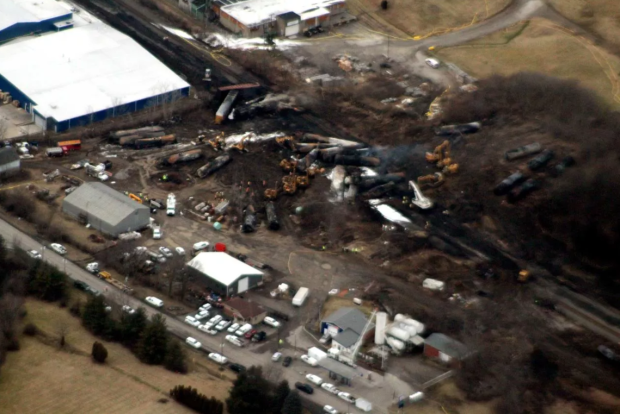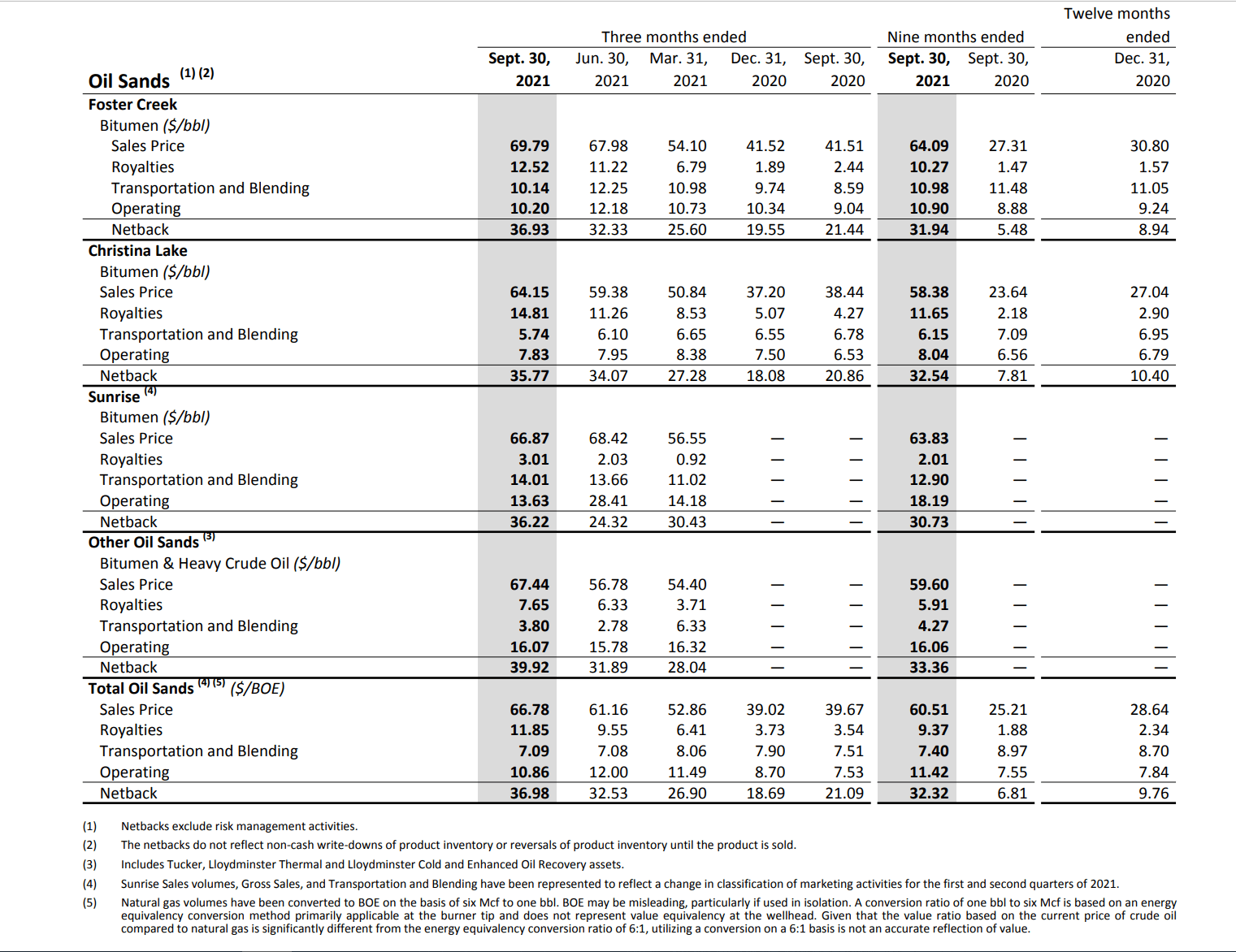Investigation Into Lingering Toxic Chemicals From Ohio Train Derailment

Table of Contents
The Initial Spill and Immediate Aftermath
On February 3, 2023, a Norfolk Southern freight train derailed in East Palestine, Ohio, unleashing a plume of toxic chemicals including vinyl chloride, butyl acrylate, and ethylene glycol monobutyl ether. The immediate aftermath was chaotic, marked by a controlled burn of vinyl chloride to prevent a potentially larger explosion, leading to the release of highly toxic phosgene gas into the air.
- Scale of the Chemical Release: The sheer volume of chemicals released was immense, contaminating the air, soil, and water in the surrounding area. Precise quantities remain under investigation.
- Initial Evacuation Orders: Mandatory evacuations were ordered for residents within a one-mile radius of the derailment site, causing significant disruption and displacement.
- Early Reports of Health Issues: Residents and first responders reported a range of symptoms including headaches, nausea, respiratory problems, and skin irritation in the days following the derailment.
- Initial Cleanup and Containment: Initial cleanup efforts focused on containing the immediate spill and preventing further spread of the chemicals. However, the long-term implications of these initial measures remain unclear.
Lingering Environmental Contamination
The environmental impact of the Ohio train derailment extends far beyond the immediate aftermath. Soil and water contamination poses a significant and long-lasting threat to the region's ecosystem.
- Soil and Water Contamination Levels: Testing continues to reveal elevated levels of various toxic chemicals in the soil and water sources near the derailment site. The full extent of the contamination is still being assessed.
- Potential for Groundwater Contamination: The potential for groundwater contamination is a major concern, posing a long-term risk to drinking water supplies and the surrounding environment.
- Impact on Wildlife and Ecosystems: The released chemicals have likely had a devastating impact on local wildlife populations, potentially leading to long-term ecological damage. Studies are needed to assess the full extent of this impact.
- Ongoing Environmental Monitoring: While environmental monitoring is ongoing, the scope and duration of this monitoring need to be sufficient to identify and address all potential long-term environmental impacts. The limitations of current monitoring efforts need to be clearly communicated.
Long-Term Health Risks and Ongoing Investigations
The long-term health consequences for residents and first responders exposed to the toxic chemicals released during the Ohio train derailment are a significant concern.
- Specific Health Concerns: Exposure to vinyl chloride, for instance, is linked to an increased risk of various cancers, liver damage, and other serious health problems. The long-term effects of exposure to the other chemicals released are still being investigated.
- Ongoing Health Studies: Long-term epidemiological studies are crucial to track the health of exposed individuals over time and assess the full range of potential health consequences.
- Access to Healthcare: Ensuring adequate access to healthcare and support services for affected individuals is paramount. This includes ongoing monitoring, treatment, and mental health support.
- Government Role in Investigations: Government agencies play a crucial role in investigating the health impacts and coordinating response efforts, ensuring transparency and accountability.
Government Response and Accountability
The government's response to the Ohio train derailment has been subject to intense scrutiny. Questions remain regarding the adequacy of regulations, the effectiveness of emergency response protocols, and the accountability of all parties involved.
- Investigations into the Cause: Investigations are ongoing to determine the precise cause of the derailment and identify any contributing factors that could have been prevented.
- Regulatory Oversight: The incident has highlighted the need for improved regulatory oversight of the transportation of hazardous materials and stricter safety standards.
- Government Funding: Sufficient government funding is needed for cleanup efforts, long-term health monitoring, and supporting affected communities.
- Accountability of Norfolk Southern: Holding Norfolk Southern, the railroad company responsible for the train, accountable for the costs of cleanup and remediation is essential.
Community Impact and Long-Term Recovery
The Ohio train derailment has had a profound social and economic impact on the affected community, requiring long-term support and recovery efforts.
- Economic Disruption: The derailment caused significant economic disruption, leading to job losses and impacting local businesses.
- Mental Health Impacts: The stress and anxiety experienced by residents in the wake of the derailment have taken a significant toll on mental health.
- Community Resilience: The community has demonstrated remarkable resilience in the face of this disaster, working together to support one another.
- Long-Term Support: Long-term support and resources are needed to ensure the full recovery of the affected community, encompassing both economic and emotional well-being.
Conclusion: The Ongoing Investigation into Lingering Toxic Chemicals from the Ohio Train Derailment
The Ohio train derailment underscores the devastating consequences of hazardous material transportation accidents and highlights the critical need for ongoing investigations into the lingering environmental and health consequences. Continued monitoring of soil and water contamination levels, rigorous long-term health studies, and robust government oversight are essential to ensure the safety and well-being of the affected community and the environment. We must demand accountability from responsible parties and support the long-term recovery efforts. Stay informed about the ongoing Ohio train derailment investigation, support affected communities through organizations like [link to relevant organization], and advocate for stricter regulations to prevent future disasters. Let's work together to ensure that the lessons learned from this tragedy translate into meaningful improvements in the safety and protection of our communities and environment from the devastating impacts of toxic chemical spills. Continued monitoring of the long-term health impacts from the Ohio derailment and effective toxic chemical cleanup are paramount.

Featured Posts
-
 Cenovus Rejects Meg Bid Rumors Highlights Organic Growth Strategy
May 26, 2025
Cenovus Rejects Meg Bid Rumors Highlights Organic Growth Strategy
May 26, 2025 -
 Court Rejects Trumps Claims Against Top Law Firms
May 26, 2025
Court Rejects Trumps Claims Against Top Law Firms
May 26, 2025 -
 Kazni Za Mertsedes Pred Trkata Vo Bakhrein
May 26, 2025
Kazni Za Mertsedes Pred Trkata Vo Bakhrein
May 26, 2025 -
 From Scatological Documents To Podcast Gold The Power Of Ai
May 26, 2025
From Scatological Documents To Podcast Gold The Power Of Ai
May 26, 2025 -
 The Looming Canada Post Strike Customer Concerns And Alternatives
May 26, 2025
The Looming Canada Post Strike Customer Concerns And Alternatives
May 26, 2025
